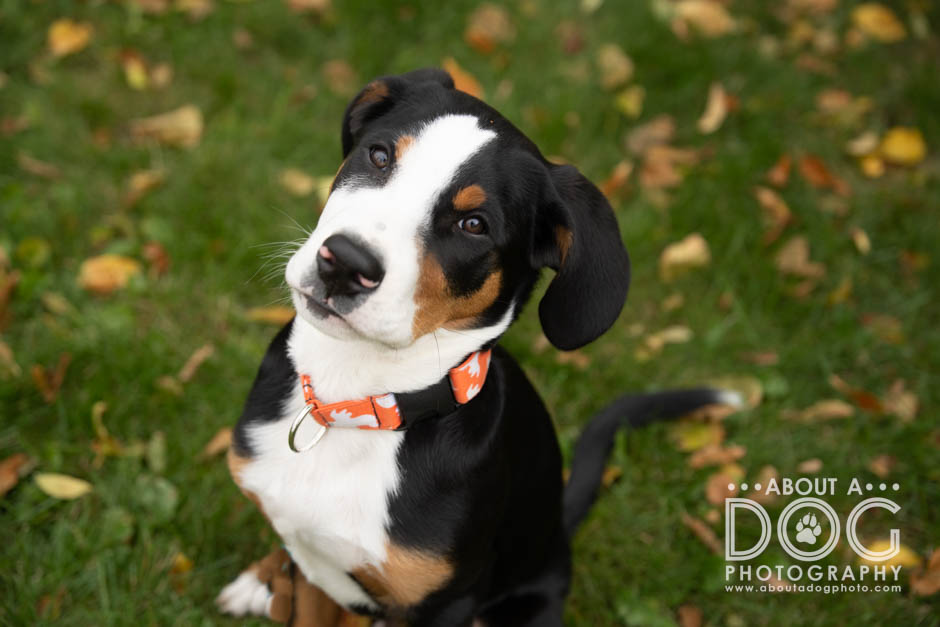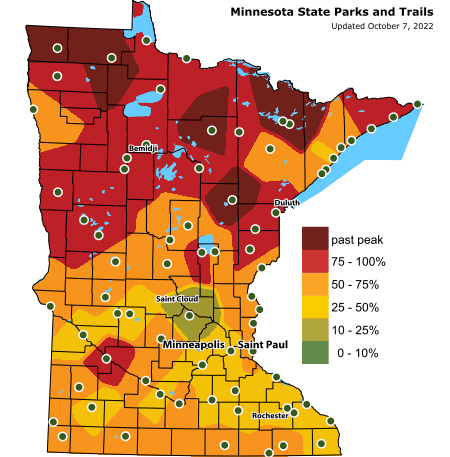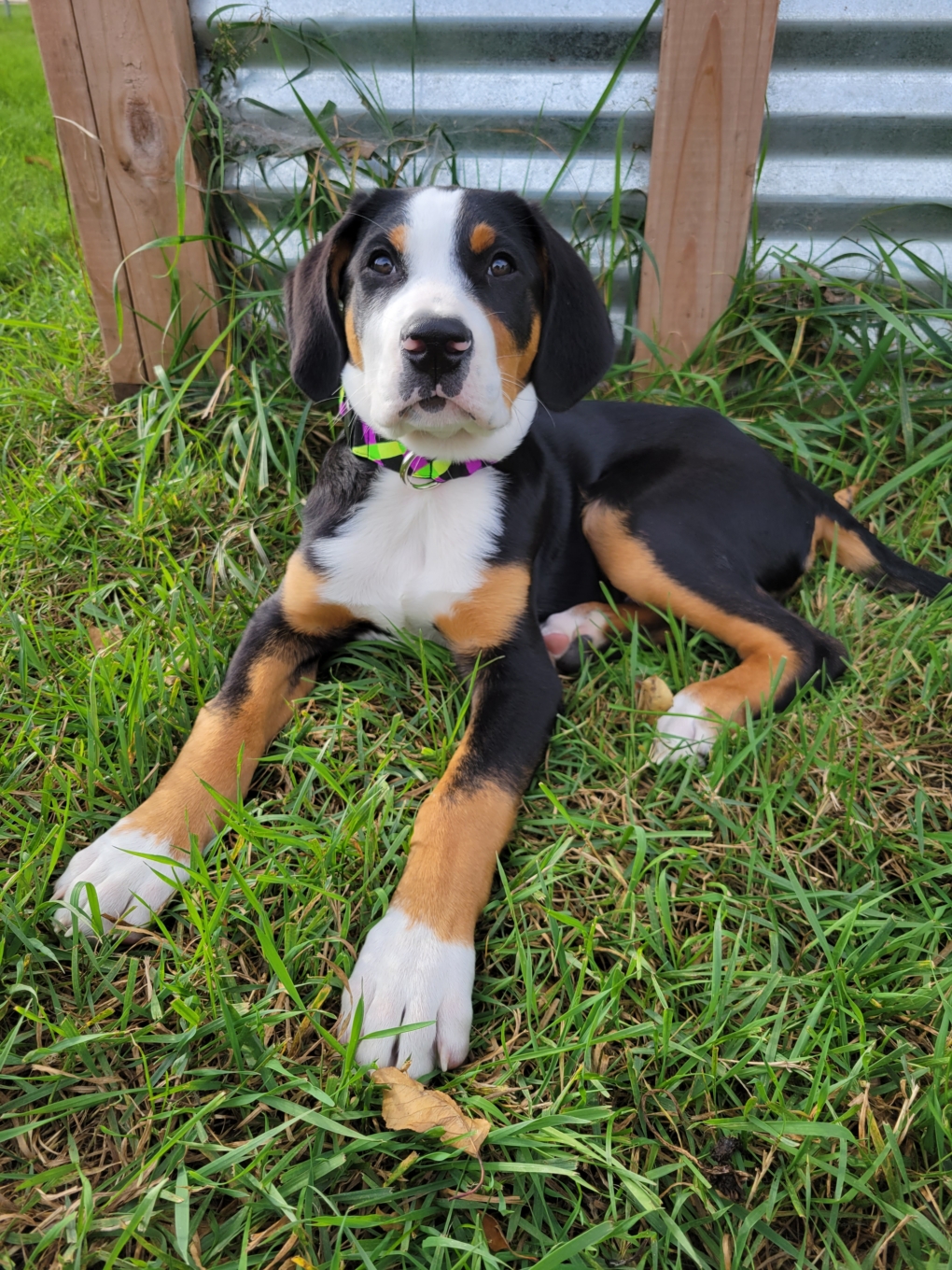Gift guide for dogs & people who love them!
The snow has fallen, the Christmas tunes are playing (egads!) and the tinsel coated holiday season is upon us! This means the gifting and holiday season (Thanksgiving to Christmas, occasionally on to New Years) has arrived! Time for gifts for all the dogs & the people who love them!
This is Blue’s first holiday season and Christmas!
Of course when asked what he would want for Christmas and what he’d recommend for other puppies & dogs, he merely gave me a head tilt and a look of… food, duh! Bwhahaha! Of course that’s what he’d reccommend!
His favorite treats: Bocce’s Bakery and Pure Bites Beef Liver. (Btw Blue says he will take 20 of each in the case that you’re getting him a gift haha!)
His favorite toys: a dollar store plastic bone, a half deflated volleyball, and Racool by Bulltug (Racool is a remnant from Bender, Blue also likes Trash & Seek also by Bulltug!) and Bark toys with squeakers and crunches.
The following are some EPIC gifts for dogs and dog lovers! No affiliate links, these are just things we love!
Local Minnesota vendors we’ve met at the Minneapolis Pet Market!
- Barkuterie Box
- Dreamy Pups
- Class Act Cats (if you see Joey at an event he has cat toys!)
- Kobe & Company (website will be live mid November!)
- Artsy Animals by Sarah
- Sweetie Pie Collars
- Dog Gone It Dog Treats
- Pupacasso Paints – your pup can paint a picture!
- Riverrun Acreage
- Missy Pup & Co
- The Funky Pet Shop
- Raw Delivery – freeze dried & dehydrated treats!
- Treat Me Too Dog Treats
- ZoZo & Co
- Marnies Marketplace
- Floof & Woof Co
- Saffron Dog Co – snuffle mats
- Jack and the Pack – skijoring, harnesses for pulling
- Loon and Beau
- Juniper in May
- Morey and Me
- Nylah in the Clouds
- Good Dog Apparel Co
- PawFect Products LLC
- Must Be Ruff
- Curtis Collars
- Custom Keepsake Drawings
- Squirrel!
- Animals Fur Days
- Good Dog Design Co
- Shop Shantii
- Crench Paw
- Cow Dog Confections
- Barkley’s Bistro
- Diogie Brand
- Teef Health
- Ope Apparel
- Treatos & Co
For the dog lover:
- Dog Astrology
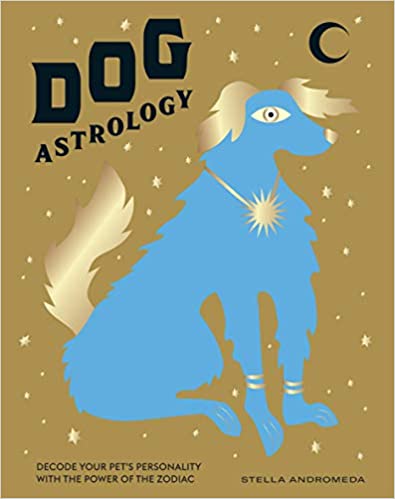
- dog on lap socks

- Dog tarot

- towel or two towels!
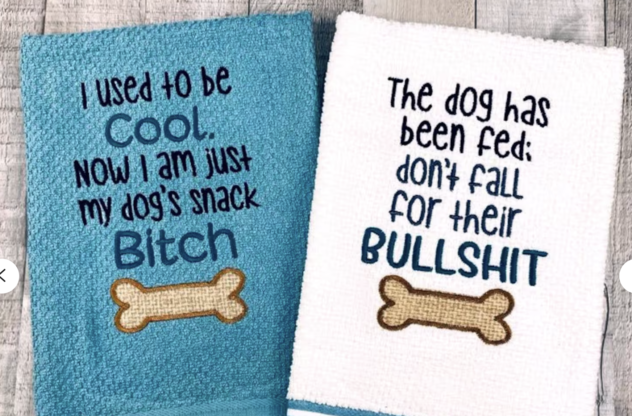
- ugly portrait
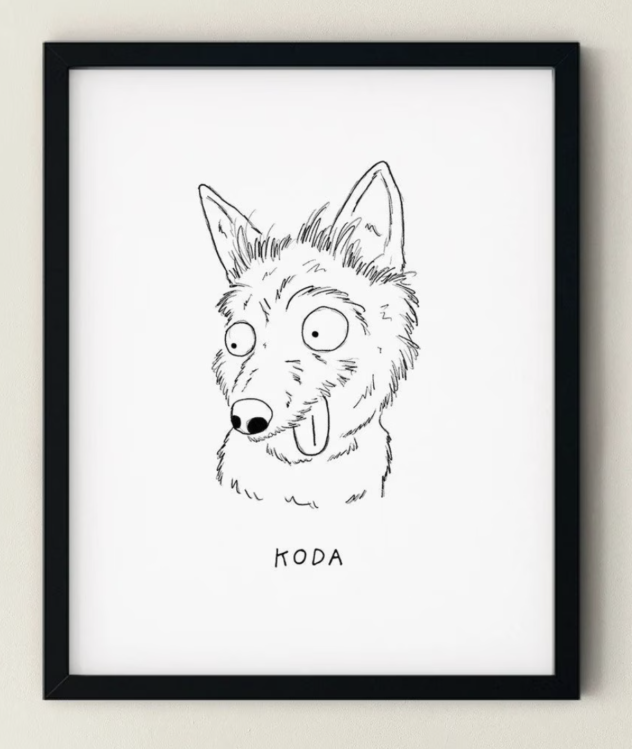
- farty candle
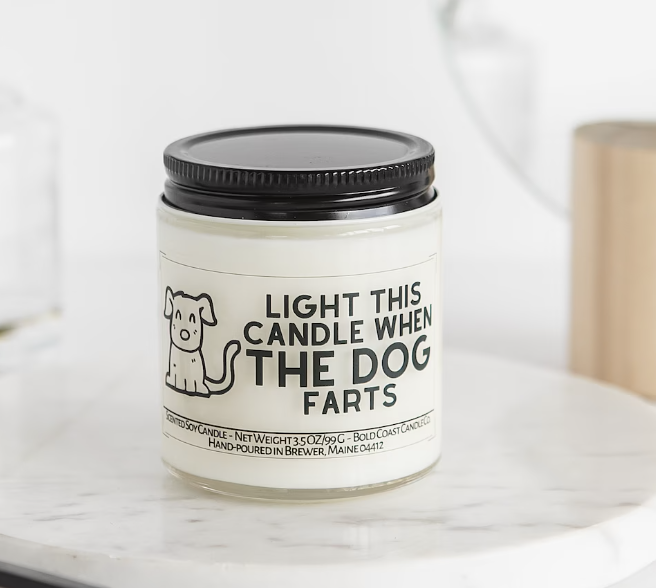
- love like dog hair
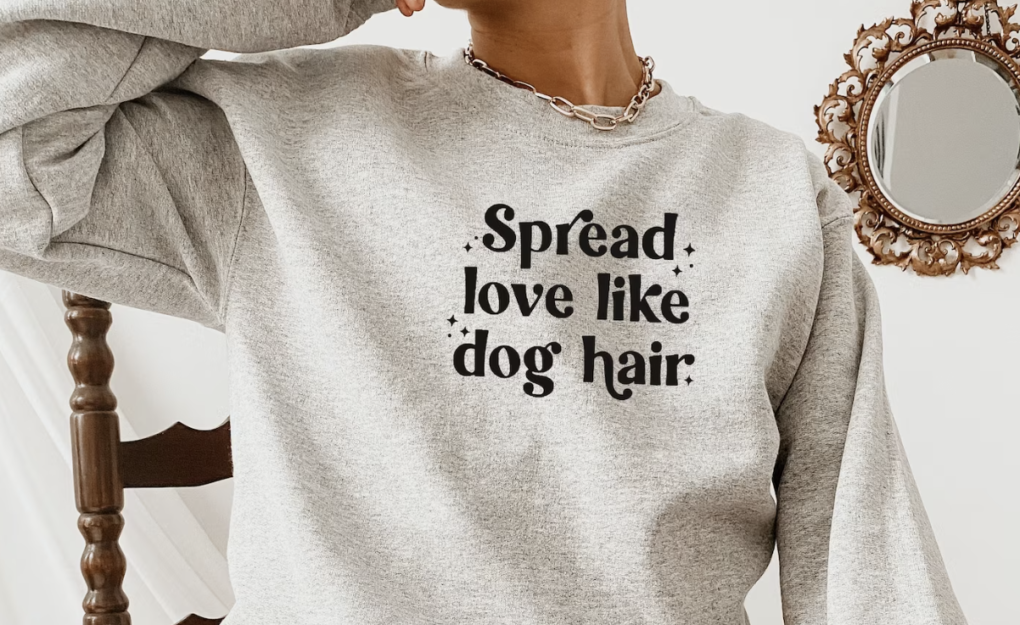
- best twinning ever! Or pick a different pattern! (if you opt for twinning, I’d love to do portraits of you & your pup!)

- treat bags for amping up your dog’s skills
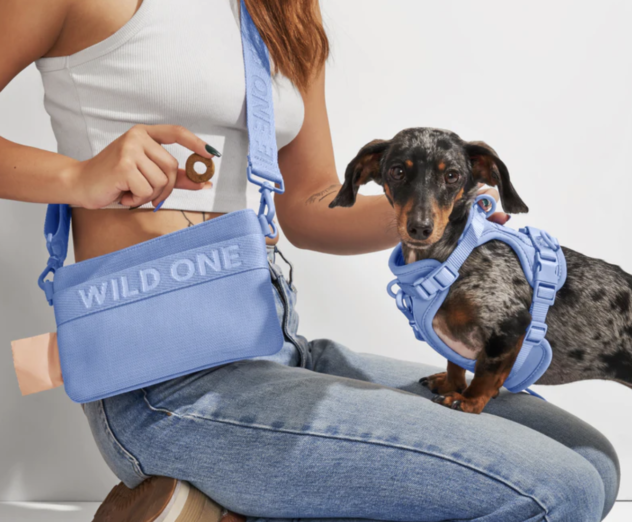
- custom portrait in by Lili Chin! (Or find something awesome in her shop!)
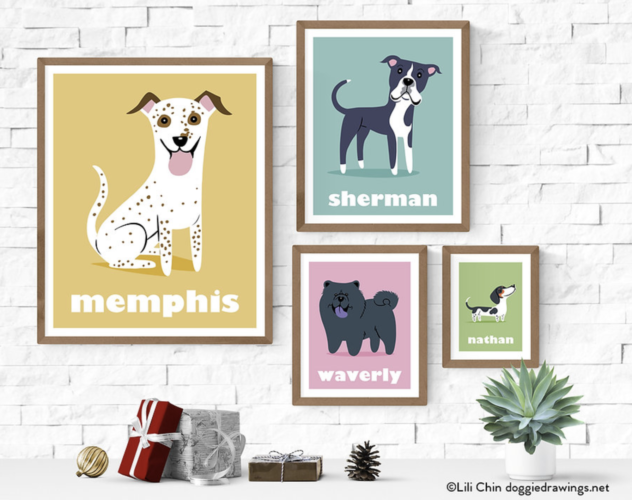
- Dog thinks I’m cool hoodie or long sleeve version
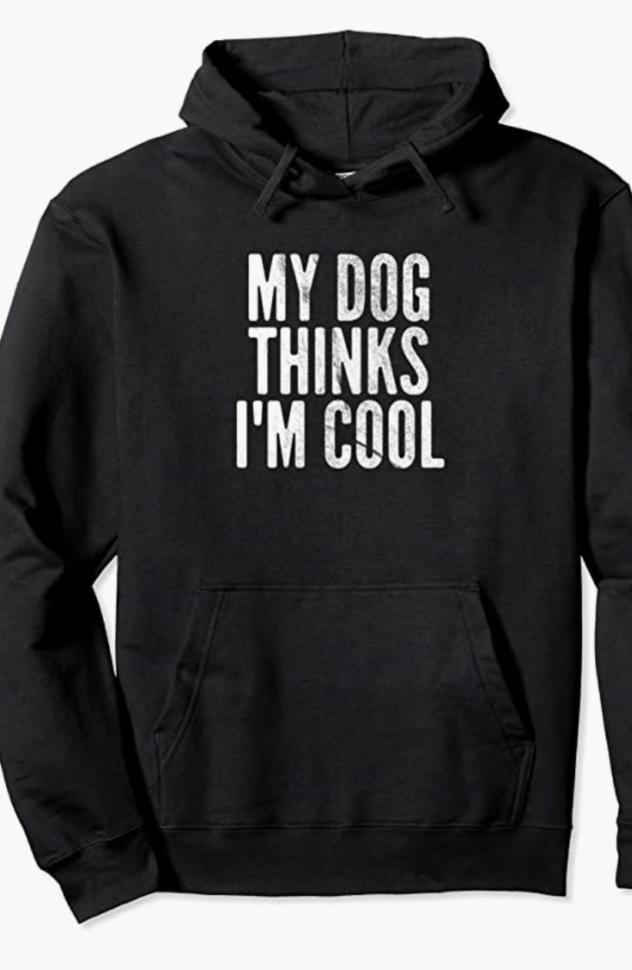
- Bake your pup something tasty!

- Hugo Coffee via Amazon or directly from them

- Inspire your matching game
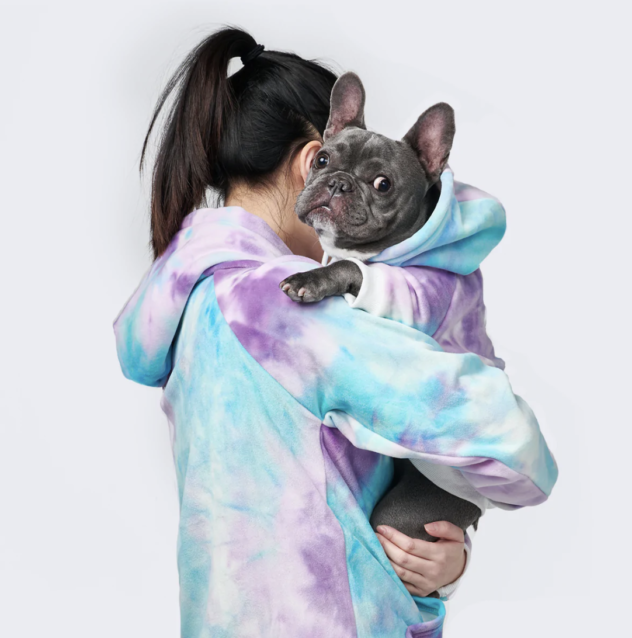
For the dogs in your life:
- Dog Flirt Pole – tire them out – we have! Blue loves!

- Keep em hydrated – we have!
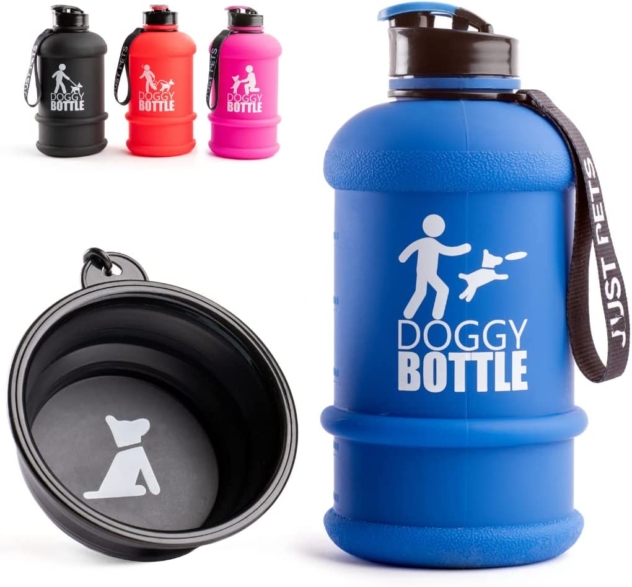
- crunchy carrot! – we have!

- Get your chew on! – we have! Blue LOVES!

- snuffle style! It works, sorta a t shirt like material – we have! Blue really likes

- Bark toys!

- for those who love to fetch

- nosework cups
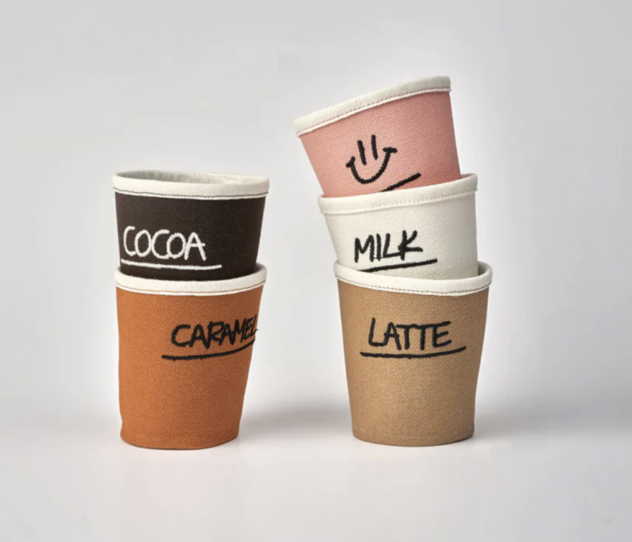
- play with plush

- autoball
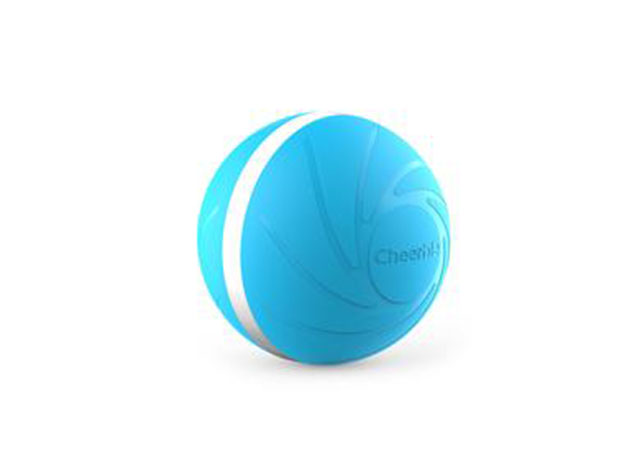
- ice cream!!!!
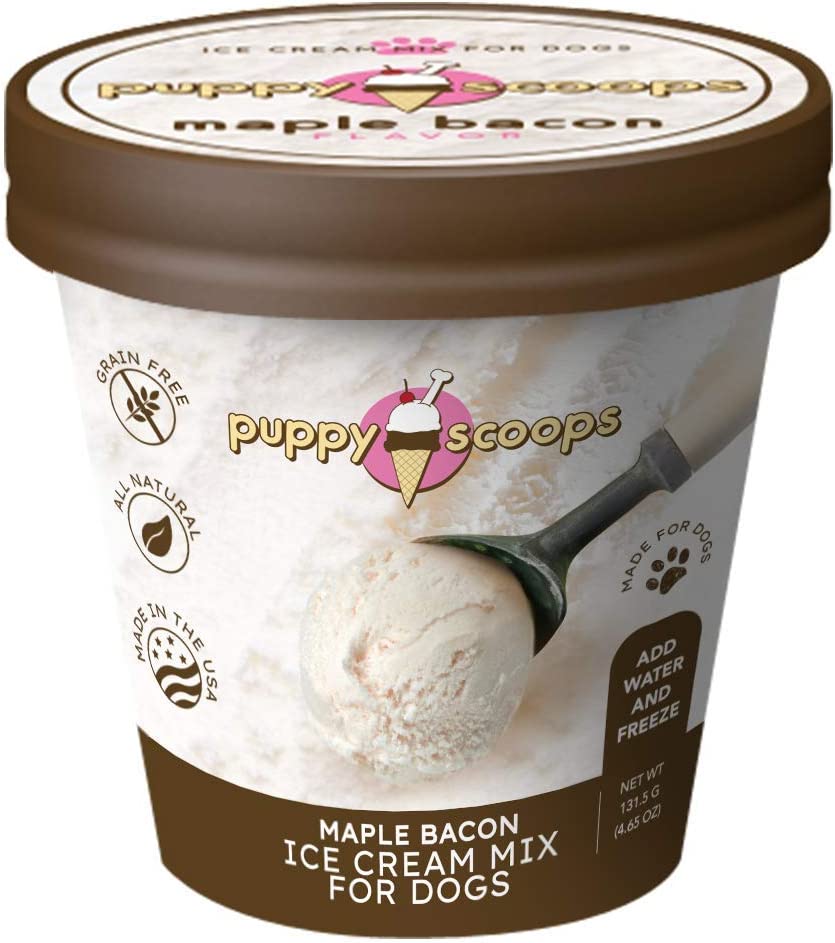
- cookies that are doughnuts! There are also holiday packs & advent calendars!
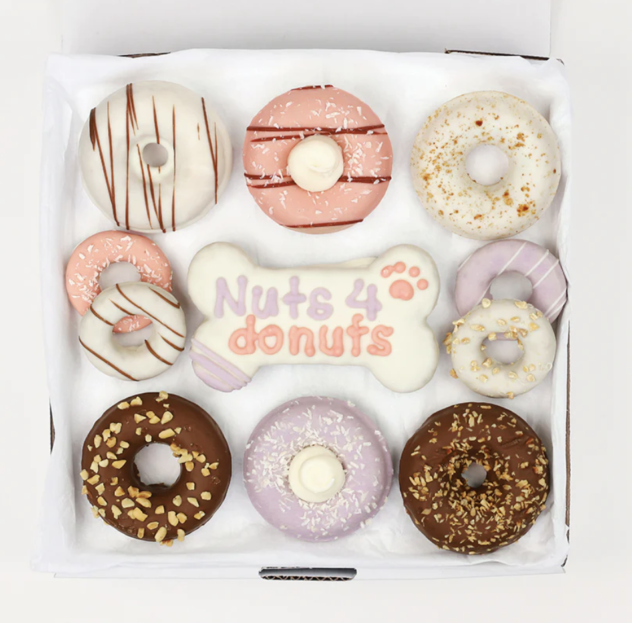
- Holiday dog tags

- pick your favorite bandana & support small businesses

Of course you can’t forget a portrait session with us – About A Dog Photography – or some AWESOME swag from Atomic Collars!
Happy early holiday season! Deck your pup and gift yourself or give gifts to the dogs & dog lovers in your life.
Gift guide for dogs & people who love them! Read More »

